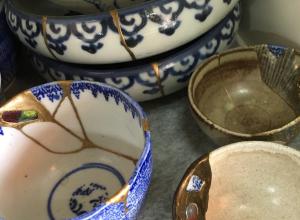The Parthenon Marbles and Greece’s quest for their restitution is perhaps one of the most famous instances of such a thing, with the marbles now becoming a part of two different and diametrically opposed national identities. This list presents ten other such cases, some resolved, some not, of cultural objects of dubious legality, where they came from, where they are now, and who wants them.
Interviews & Essays
The caduceus, constantly mistaken for the Rod of Asclepius, has been wrongly used as a medical symbol for a little over one hundred years. Although they are often used interchangeably in contemporary settings, the two symbols have very different meanings. Could you tell them apart?
Nujoom Al-Ghanem is, unquestionably, one of the pioneering artists of the UAE. She began her career as a poet and journalist, and she has since moved into multiple other mediums; she has published numerous collections, directed several films, and has represented the UAE at the Venice Biennale.
Ukrainian pysanky are more than beautifully decorated eggs. The folkloric tradition has lasted for centuries and its core tenets have even been linked to more widely-spread ancient practices centered on early human understanding of creation and life. Though they can now be found across the world, the pysanka and associated traditions remain deeply Ukrainian.
As part of the National Aeronautics and Space Administration’s endeavor to return United States astronauts to the moon, it has asked several space-robotics companies to design lunar pods that can be used to ferry supplies like scientific instruments and gear. Two of these companies have decided to include works of art in their designs.
Maitha Abdalla’s oeuvre lives somewhere between the surreal world of dreams, the theatrical world of performance, and the very real cultural signifiers found within her daily life. Pulling imagery from the stories she grew up around, the young Emerati artist synthesizes nostalgia and social identity.
Between 1897 and 1926, Claude Monet painted approximately 250 waterscapes of his favorite subject towards the end of his life: Water lilies. The latter half of these paintings in particular are lauded as stunning feats in compositional experimentation and innovation.
Up until the late nineteenth century, Rome’s forum—the political center of the ancient Roman world and now one of the most visited sites in the city—was still hidden, buried under meters of debris and earth. Today, a new exhibition at the site showcases the work of the lead archaeologist who undertook the forum's excavation, Giacomo Boni.
Orphism seemed to stem from Cubism, in part, because it shared the desire to break down solid objects and challenge human perceptions of time, space, and volume. And yet, this “offshoot” of Cubism specifically placed color and lyricism at center stage.
King Tutankhamun—or King Tut—first entered the Western zeitgeist in 1922, when his tomb was opened by the British archaeologist Howard Carter and his financier the fifth Earl of Carnarvon. The near-perfect preservation of the tomb’s 5,398 artifacts fascinated the world.


![DEl Kathryn Barton [Australian b. 1972] the more than human love , 2025 Acrylic on French linen 78 3/4 x 137 3/4 inches 200 x 350 cm Framed dimensions: 79 7/8 x 139 inches 203 x 353 cm](/sites/default/files/styles/category_card_187x139/public/ab15211bartonthe-more-human-lovelg.jpg?itok=LJbNuU6F)

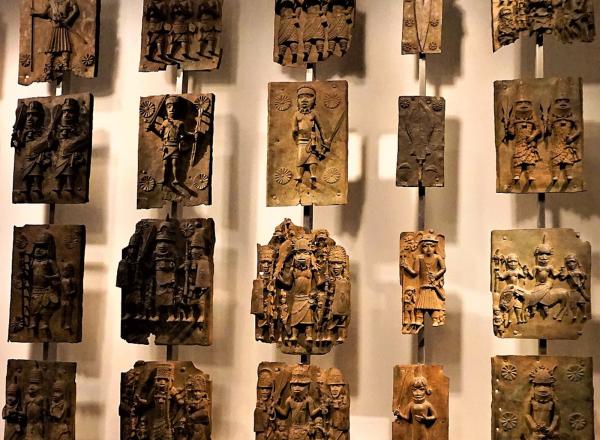
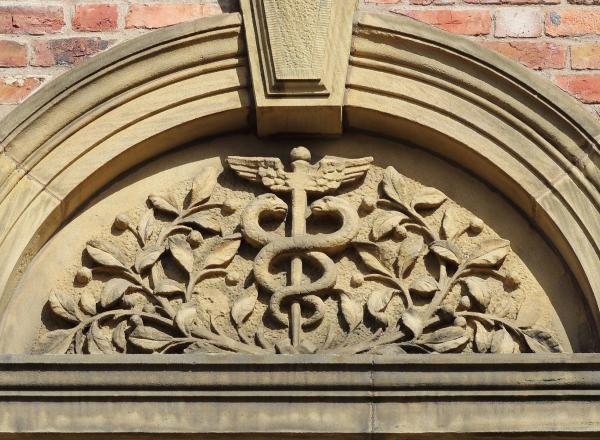
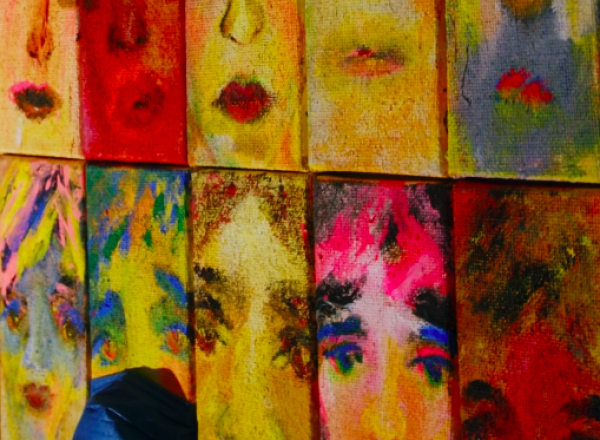
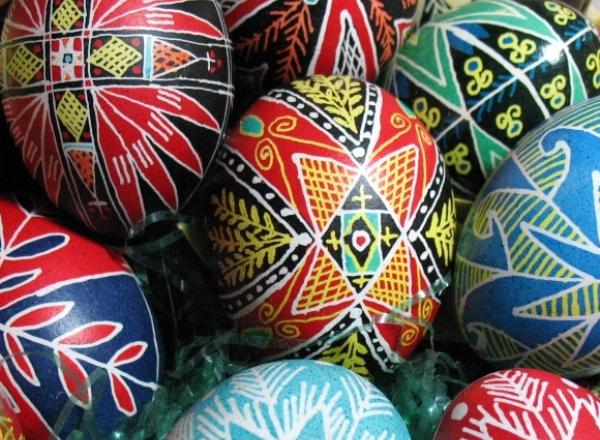
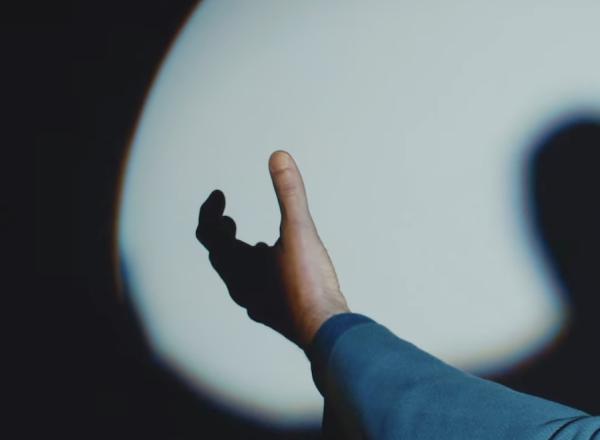
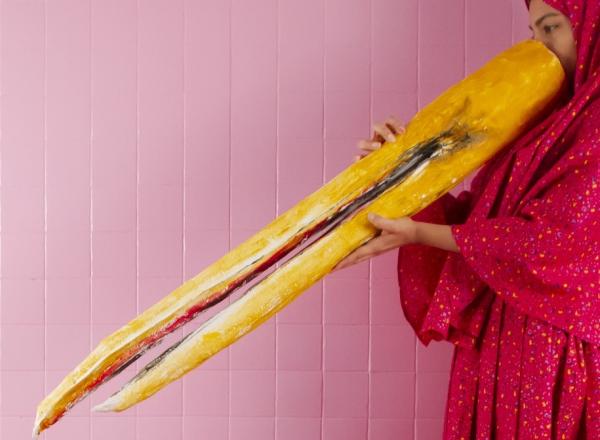
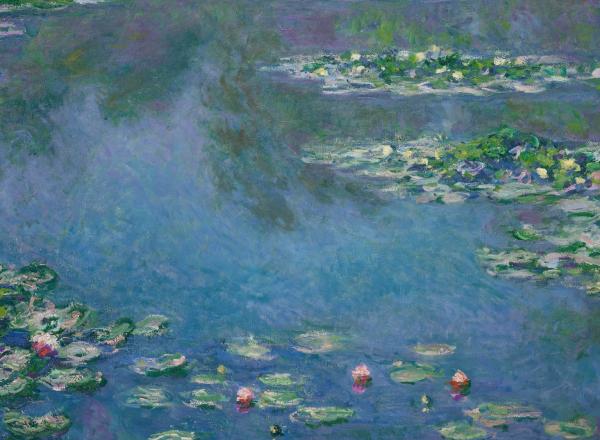
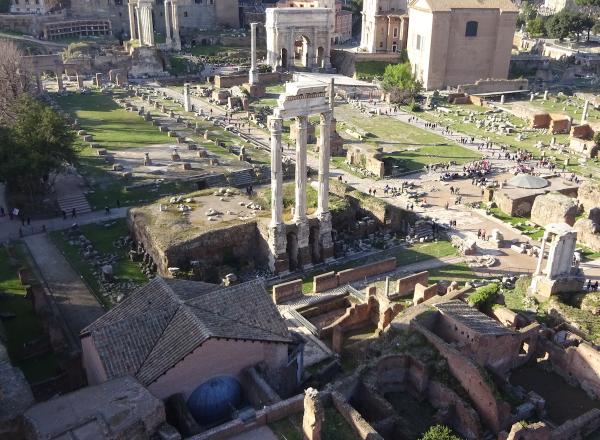
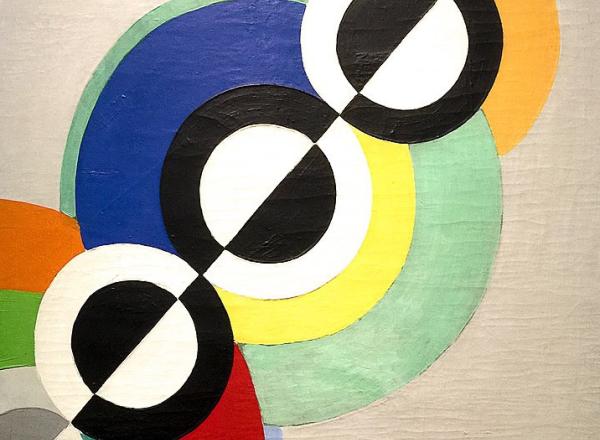
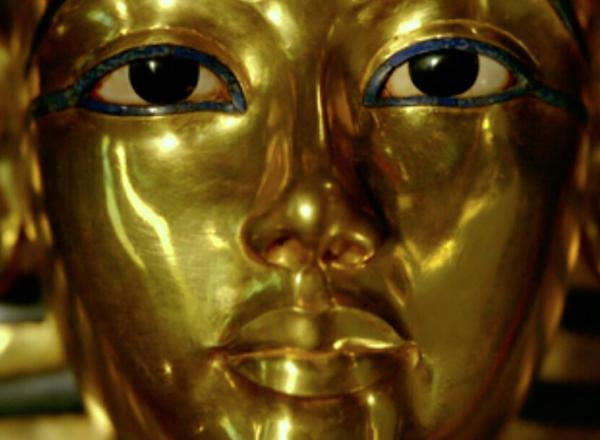
















![Ginevra de’ Benci [obverse]. 1474/1478. Leonardo da Vinci. Oil on Panel. Ailsa Mellon Brue Fund, National Gallery of Art.](/sites/default/files/styles/image_5_column/public/ginevradebenciobverse196761a.jpg?itok=hIzdUTaK)

![Merina [Pop Chalee] Lujan, Taos, 1906 – 1993, Yellow Horse, gouache on paper, 13 1/8 x 18 1/8 in. (33.3 x 46 cm.) Estimate: 1,000 – 2,000](/sites/default/files/styles/image_5_column/public/4630-58.jpg?itok=kBAYkc0u)
